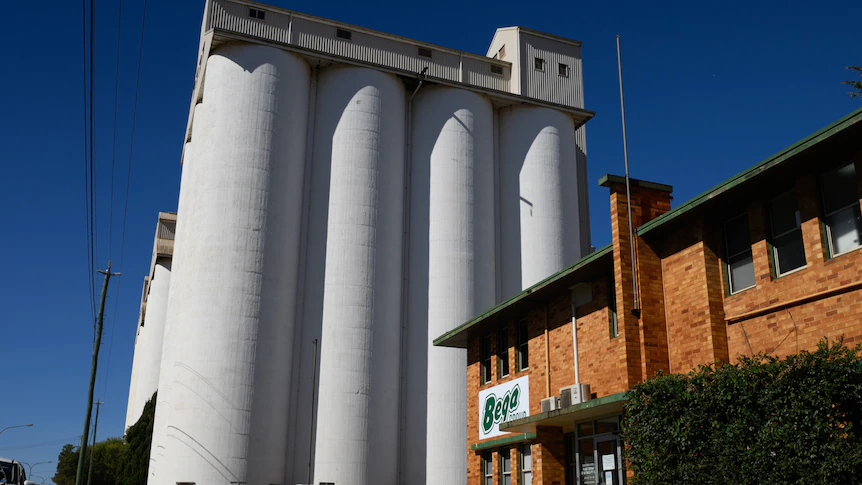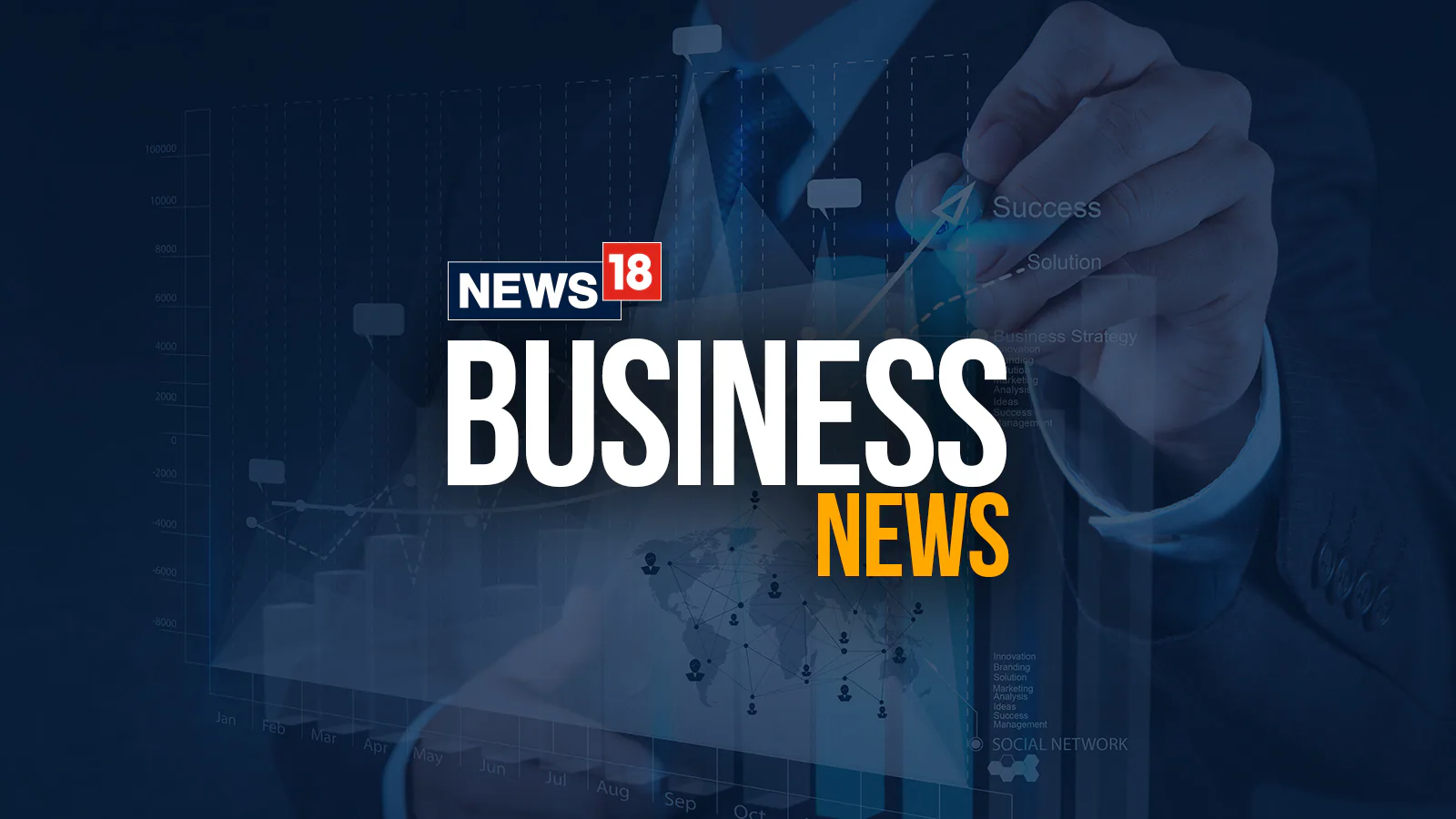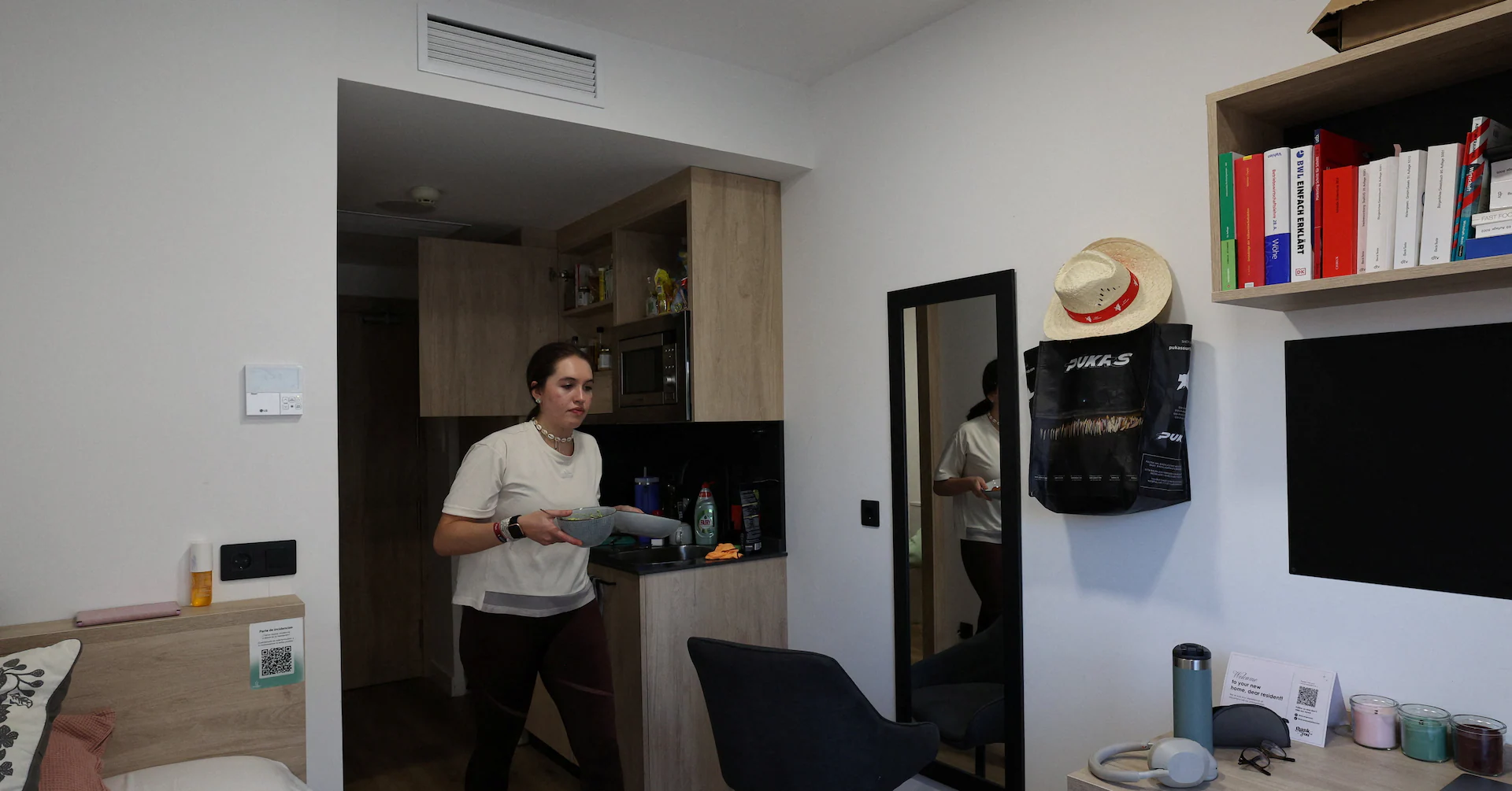By Saloni Shukla
Copyright indiatimes

ANIRepresentational image
Even as banks tread cautiously on personal loan disbursements, non-bank lenders are rapidly capturing market share in the segment.According to data from credit bureau CRIF and brokerage house Nomura, NBFCs’ share in new personal loan originations by value rose to 41% as of June 2025 from 27% two years earlier. In terms of volume, their share surged to 92%, driven largely by new-age fintech NBFCs that leverage technology to provide financial services, from 82% in June 2023.During this period, the share of both state-run and private sector banks in new personal loan originations by value fell to 28% each, compared with 34% earlier for both. In terms of volume, the share for banks fell to 4% from 10%.The personal loan market is now estimated at over ₹15 lakh crore. These loans are commonly used to cover expenses such as medical emergencies, weddings, vacations and home renovation.Live Events”With the rise in funding costs for NBFCs, they have aggressively entered high-yielding segments like personal loans and consumer durables while banks have vacated the space due to worries over high credit costs,” said Prakash Agarwal, partner at consulting firm Gefion Capital. “Banks are continuing to grow in the high-ticket personal loan space which is very niche, consolidating their market share.”While banks offer lower interest rates to borrowers with strong credit profiles, NBFCs are more flexible in their lending criteria, making them a viable option for people who may not meet all the eligibility requirements.HDFC Bank offers personal loans with interest rates ranging from 10% to 24%, while ICICI Bank levies 10.60-16.50% and Axis Bank charges 10-21%. Some NBFCs offer starting rates that are on par with banks, making them competitive despite their higher upper limits. Among NBFCs, Bajaj Finance levies 10-31% and Tata Capital between 11.50% and 30%, while L&T Finance’s rates start at 11%. In terms of asset quality, the personal loan portfolio at risk (PAR) between 31 and 90 days was 2.1% for NBFCs at the end of June 2025, marginally higher than 2% in June 2023. For private sector banks, the metric remained 1%, while for state-run banks, it inched up to 2.2% from 2.1%.By ticket size, PAR for loans below ₹1 lakh was 2.3% for the credit industry at the end of June 2025, improving from 2.7% two years earlier. For loans above ₹10 lakh, it was 1.5% compared with 1.6% in June 2023. “With banks cutting down on the lower-ticket-size segment, NBFCs are gaining market share driven by small-ticket-size personal loans,” said JM Financial analyst Ajit Kumar. NBFCs are also gaining share in consumer durable loans, he said. Private banks’ disbursements by value fell 28% from a year earlier as of end-June, while those of NBFCs rose 15%.Add as a Reliable and Trusted News Source Add Now!
(You can now subscribe to our Economic Times WhatsApp channel)
Read More News onNBFCspersonal loanmarket sharebank cautioncredit bureaufinancial servicesCRIFGefion CapitalNomuraconsumer durables
(Catch all the Business News, Breaking News, Budget 2025 Events and Latest News Updates on The Economic Times.) Subscribe to The Economic Times Prime and read the ET ePaper online….moreless
(You can now subscribe to our Economic Times WhatsApp channel)Read More News onNBFCspersonal loanmarket sharebank cautioncredit bureaufinancial servicesCRIFGefion CapitalNomuraconsumer durables(Catch all the Business News, Breaking News, Budget 2025 Events and Latest News Updates on The Economic Times.) Subscribe to The Economic Times Prime and read the ET ePaper online….moreless



